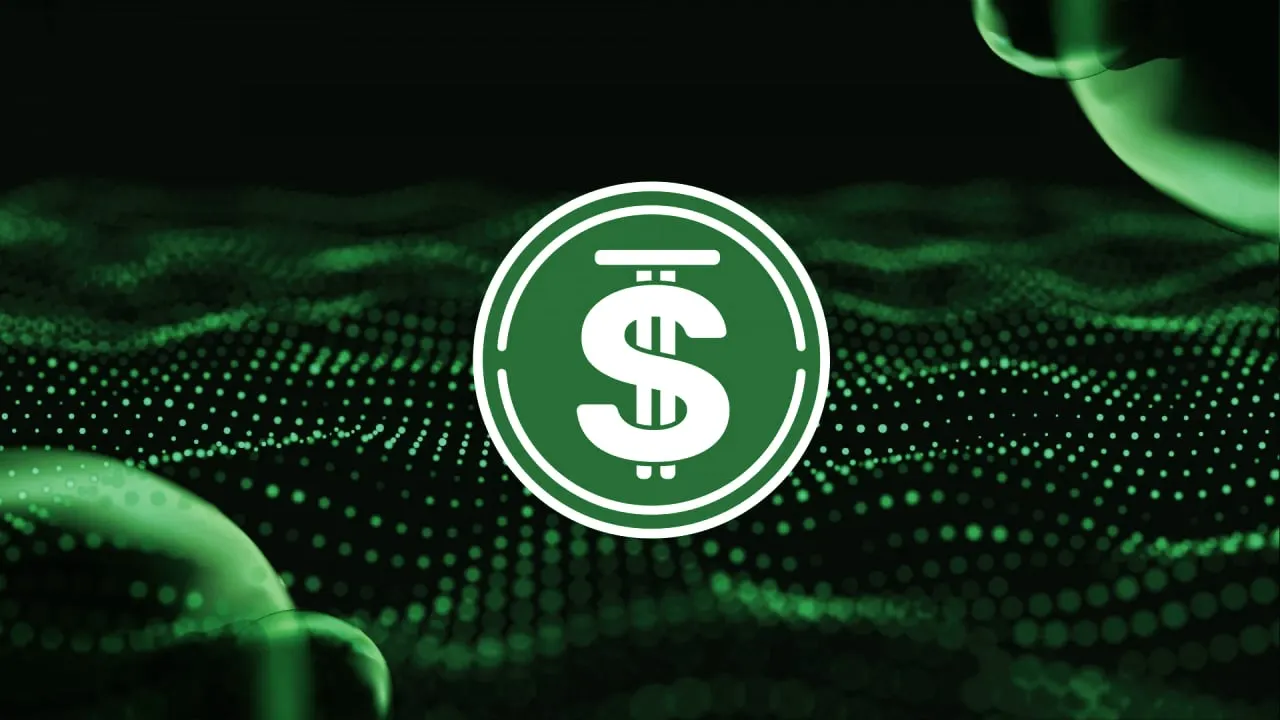Since its mainnet launch in 2018, smart contract blockchain Tron has rapidly expanded to become one of the leading projects in the crypto and Web3 space.
With the lofty goal of “building the infrastructure for a truly decentralized internet,” it’s reached 20 million user accounts on the blockchain, more than four billion total transactions, and over $9 billion in total value locked, according to blockchain explorer Tronscan.
But that’s just the beginning of its ambition to overhaul the world’s communication and financial infrastructure. A crucial piece of the puzzle is its decentralized, overcollateralized stablecoin USDD—and within five to 10 years, Tron’s director of ecosystem development David Uhryniak predicts that it will become the “foundational currency in the digital economy.”
“We want to make fair access to financial services also available to anyone in the world,” Uhryniak told the Decrypt Daily podcast. The creation of USDD, he added, is “a significant advancement to providing that financial independence to people.”
The "global settlement layer"
“Part of the goal of Tron is to really become the global settlement layer,” said Uhryniak, explaining that USDD is a “critical piece” of that ambition.
Tron, Uhryniak explained, is “the most accessible, inclusive blockchain in the world,” thanks to its low cost, speed, and security. And partly thanks to that, it’s reached a market share of nearly a quarter of global stablecoin volume, he added—sparking the idea to launch Tron’s own stablecoin.
USDD is “the first overcollateralized decentralized stablecoin in the world,” Uhryniak said. In order to mitigate against the “rapid growth and excessive leverage” that doomed Terra’s algorithmic stablecoin UST, USDD is overcollateralized with a minimum ratio of 130%. “It's probably unlikely we get too close to that right now,” he said, noting that the real-time USDD collateral ratio is more than 200%.
To create the Tron DAO Reserve, Tron brought together eight “major cryptocurrency players,” including Poloniex, Multichain, and algorithmic market maker Wintermute.
Facing down turbulent markets
The stablecoin maintains a “loose peg,” giving it “more flexibility in times of difficult market conditions,” Uhryniak said. During the Terra crash, that meant it was able to resist the efforts of short sellers to push the price down, he added.
Even in the current crypto winter, he said, traditional financial services companies are making inroads into the world of blockchain and Web3.
And as the world moves through those phases of adoption, “the way currencies are used and currencies will change.” USDD, he added, “will be one of the fundamental pieces of that Web3 economy as currencies evolve.”
Daily Debrief Newsletter
Start every day with the top news stories right now, plus original features, a podcast, videos and more.

